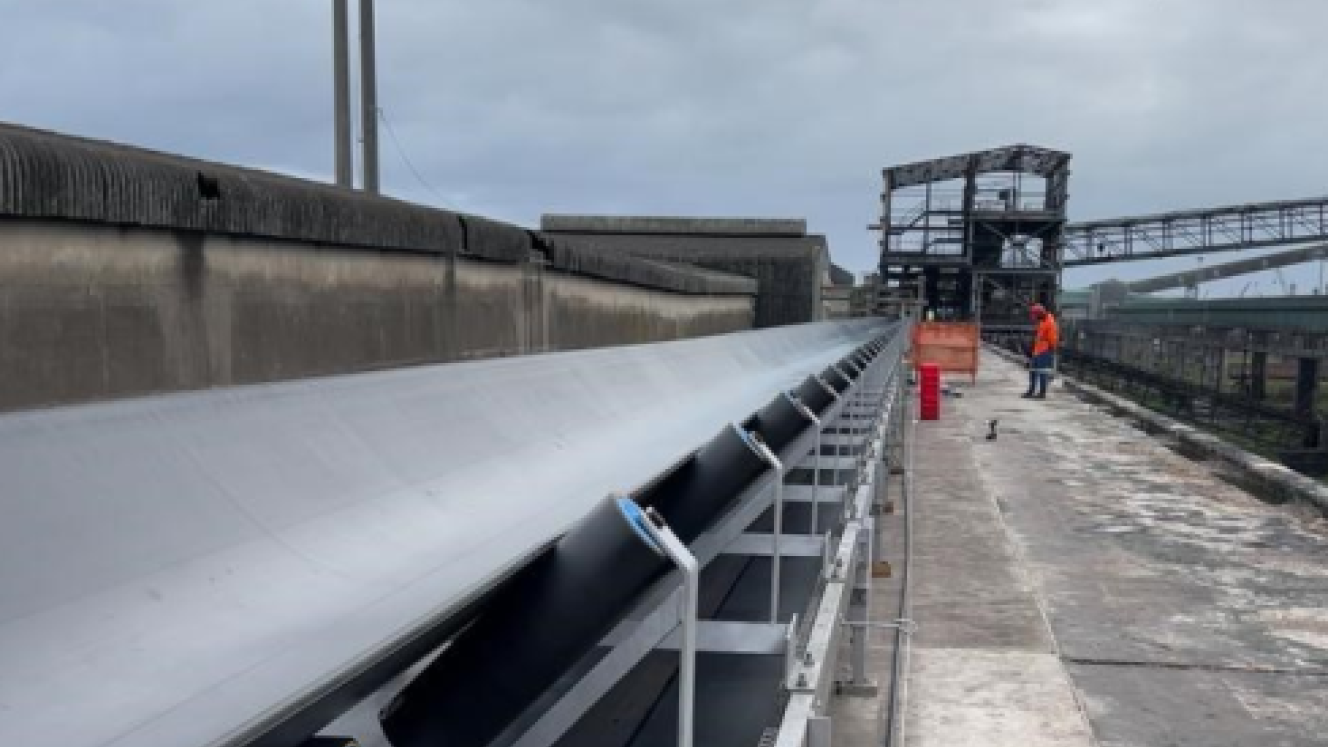Transnet Port Terminals (TPT) believes it has successfully restored damaged equipment and implemented land-side initiatives to alleviate the chaotic road freight congestion of coal loads that has played havoc with traffic on the N2 from Ermelo to the Port of Richards Bay.
According to Thulasizwe Dlamini, managing executive for Richards Bay Terminals, the reinstatement of a conveyor belt at Grindrod’s rail tipler facility, Navitrade, has made a significant difference to the volume of coal moved into the port.
In addition, TPT has initiated an inland road-to-rail facility at Kendal in Mumalanga’s coal basin to help move as many as 400 tipper trucks off the N2.
“I don’t want to be too optimistic at this stage,” Dlamini said.
“It’s early days but what we have done has made a significant change over the last month or so. The reinstatement of the belt from Navitrade moves a lot of cargo from Grindrod’s facility to ours.”
Breaking it down into figures, Dlamini said Navitrade’s coal feed was designed to handle 3.5 million tonnes per annum.
“Divided by 30 days for every month, it gives you a fair idea of the kind of volume we’re talking about.”
The belt, one of three which has been out of action since it was damaged in October 2021, provided consistent loading efficiency, which meant trucks were turned around far faster, Dlamini said.
With the return to action of the 2.2-kilometre belt, he said TPT was “bumping up trains to the facility”.
That’s where Kendal comes in.
In tandem with Transnet Freight Rail (TFR), Dlamini said TPT was doing a couple of test trains from the heart of colliery country on a part of TFR’s network that hasn’t been as impacted by cable theft and railway tracks being ripped up by informal suppliers of the scrap metal industry.
“Instead of running coal by road all the way to the port, facilities like Kendal can become consolidation points. Because it’s so close to the mines, we’re trying to introduce these facilities as a final-leg option for transporting coal to Richards Bay.”
But private sector thought leaders remain sceptical about Transnet’s efforts to alleviate the impact of road loads bottlenecking into the port.
Mike Walwyn, operations director at Nexlog, described TPT’s Kendal initiative as being “in the realm of theory.
“It will be interesting to see how it works in practice.
“The Kendal option could make some sense, but whether it can fill the gap left by TFR's non-performance on the coal line is, in my view, doubtful. In addition, it will obviously involve extra cost, although this doesn't seem to have been quantified in any way.”
He added that any plan that would increase the tonnage of coal and minerals through the port would be welcomed.
A Freight News visit to the port last week established that there were significantly fewer coal-carrying tippers into Richards Bay, although this was a direct result of the port being closed for coal and chrome loads from December 24 to January 2.
The ‘embargo’, intended as a courtesy to holiday traffic on the N2 to KwaZulu-Natal where coal trucks in December 2022 caused holdups between Ermelo and Pongola (225km) lasting three hours or more, succeeded in freeing up traffic.
When it ended the day after New Year, tipper traffic immediately increased and only time will tell to what extent TPT’s alleviation strategies will bear fruit,
“We’re confident of moving about 400 trucks off the road,” Dlamini said.













